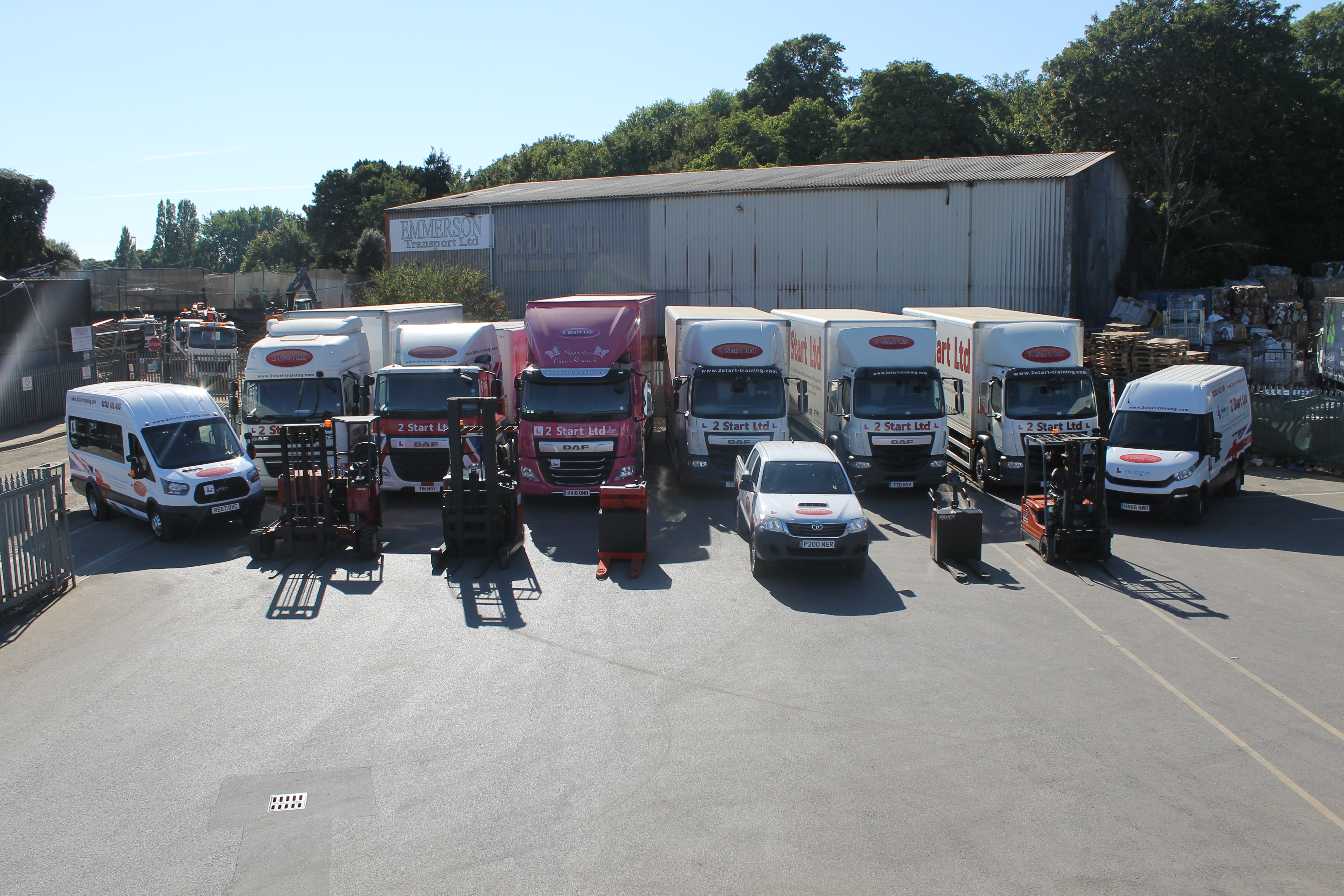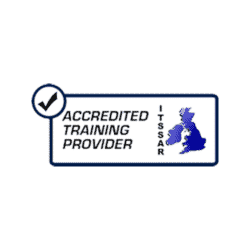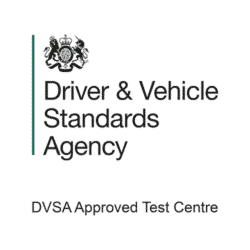If you’ve ever considered taking your driving career to the next level, transitioning from cars to heavy goods vehicles (HGVs) could be the perfect opportunity. HGV drivers are in high demand, and a career in this sector has excellent earning potential and job security. This guide will walk you through everything you need to know about gaining your HGV licence, from eligibility requirements, to licence types, to training and career opportunities.
What is an HGV Licence?
A HGV licence allows you to drive a heavy goods vehicle that exceeds 3.5 tonnes. Depending on the category, this may cover rigid trucks, articulated lorries, or specialist large vehicles.
What are the vehicle categories
- Category C1 – Vehicles between 3.5 and 7.5 tonnes.
- Category C1+E – Vehicles between 3.5 and 7.5 tonnes with a trailer attachment.
- Category C – Rigid vehicles over 7.5 tones
- Category C+E – Articulated lorries and drawbar combinations.
Eligibility
To apply for an HGV licence, you must be over 18 years old, already hold a full UK car driving licence (Category B), and be medically fit to drive a large vehicle.
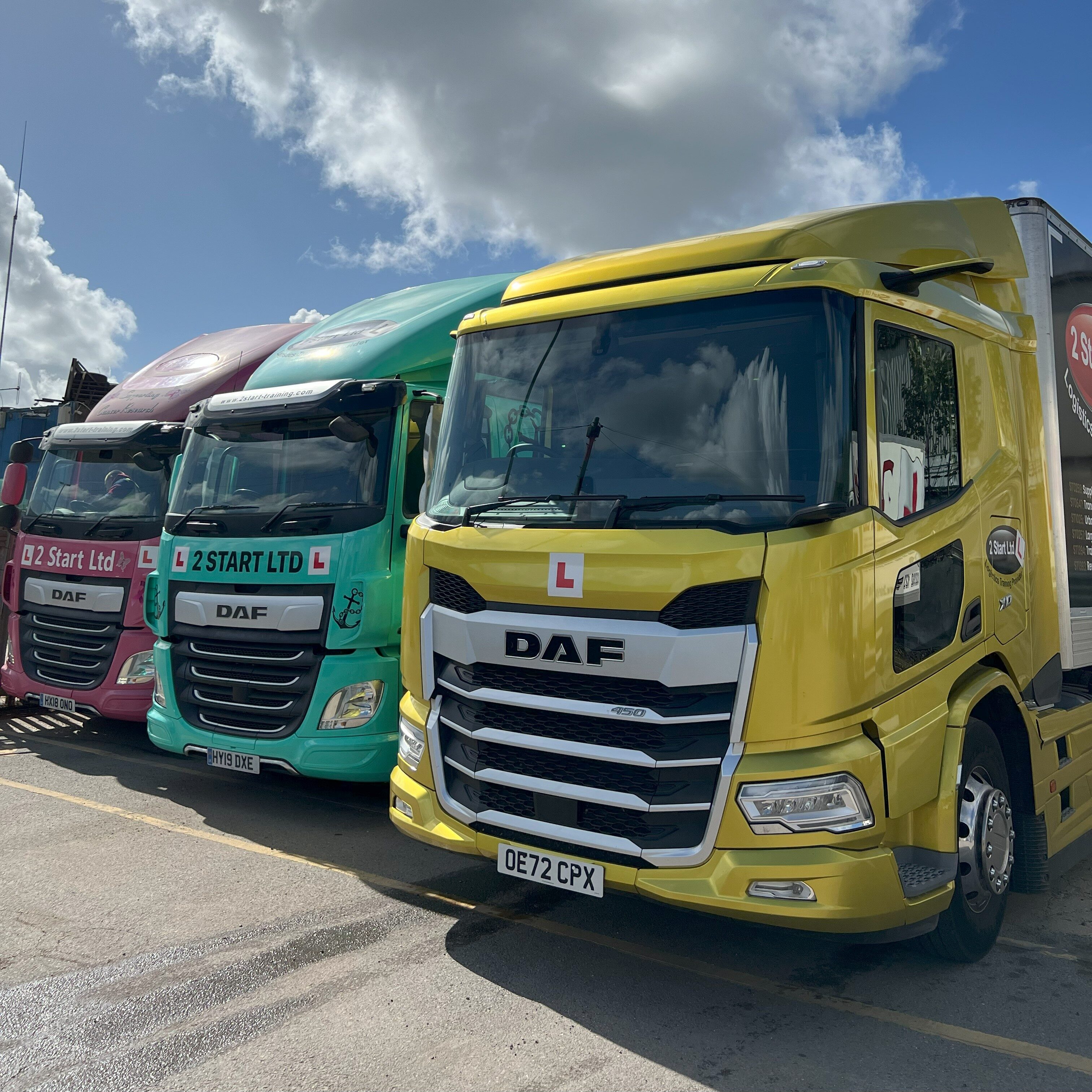
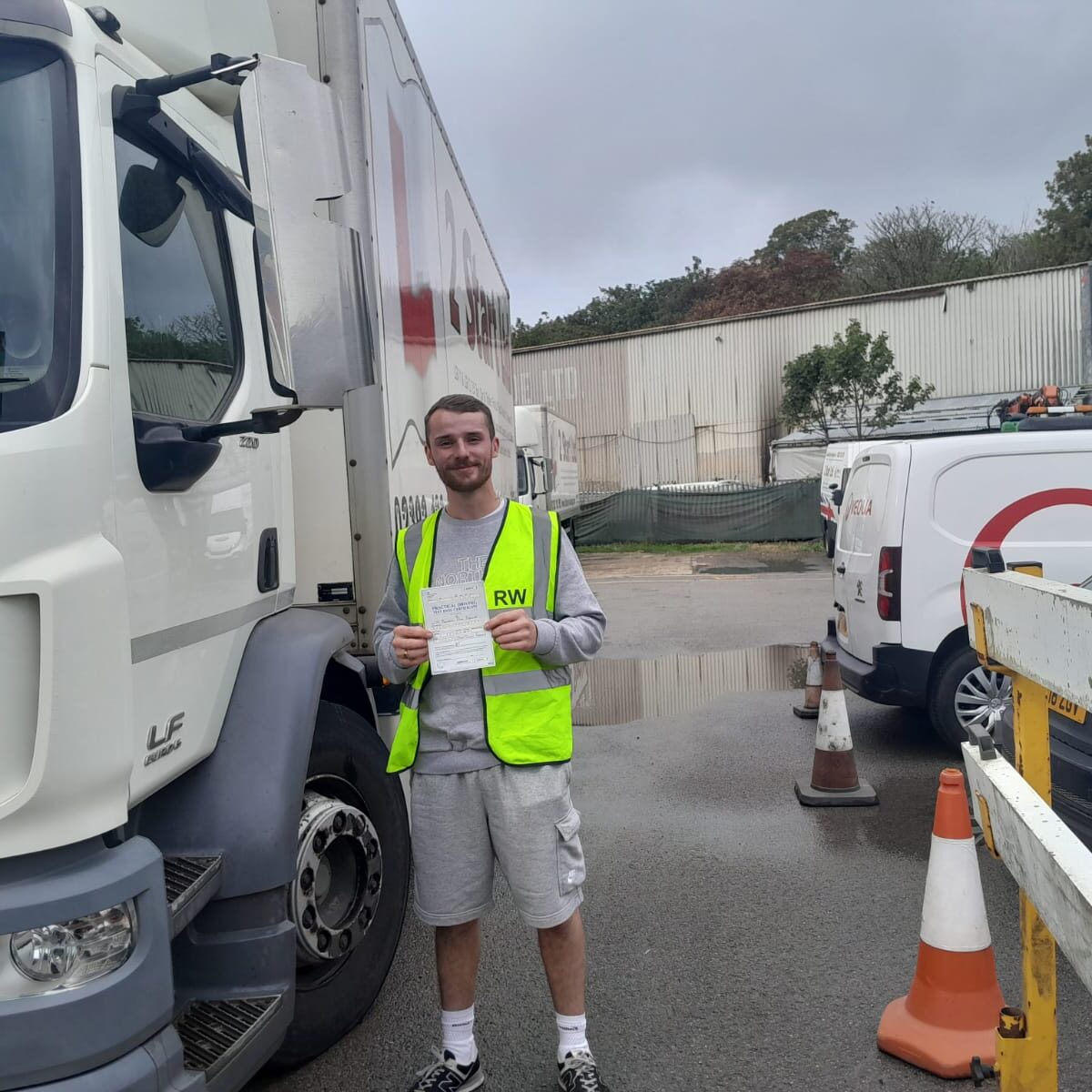
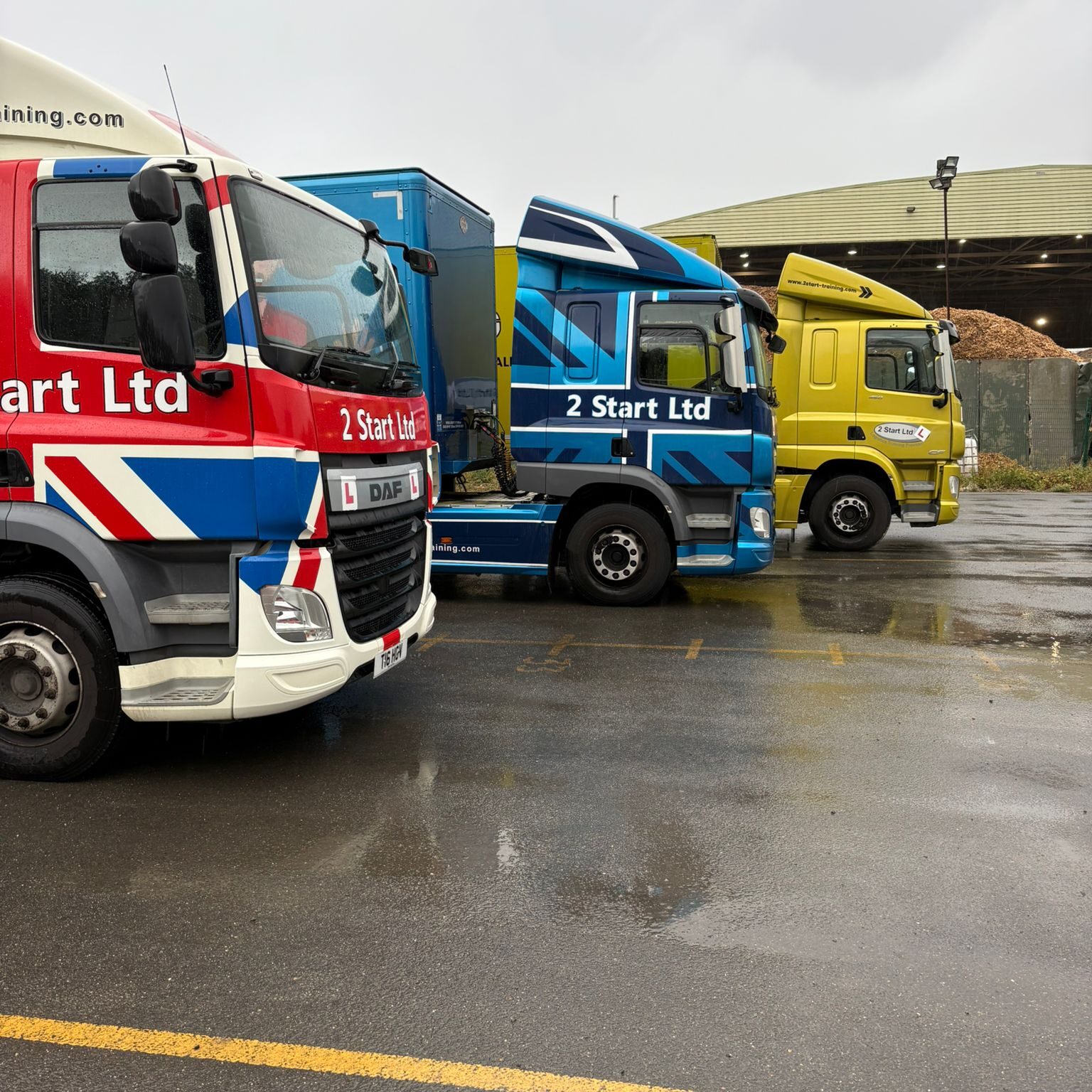
How does the process of getting your licence work?
At 2 Start Training, we offer comprehensive packages for those looking to go from car to artic. These packages allow us to manage your training on your behalf, including organising medical and theory exams.
Step 1: Apply for a Provisional Licence
Before you begin training, you need to apply for an HGV provisional licence. This involves:
- Completing a D2 application form.
- Completing a D4 medical form signed by a doctor.
- Sending both forms to the DVLA with your current driving licence.
Step 2: Theory Test Preparation
As part of your initial driver CPC, you will take your theory exams. This involves:
- Driver CPC Theory
Similar to the car theory test, covering multiple-choice questions and hazard perception. - Driver CPC Case Study
Computer-based test with real-world driving scenarios.
Step 3: Driver Training
It is at this point that you would start your driver training with an accredited training school. As part of this process, your training will cover driving on and off-road, practical elements, for example, uncoupling the trailer on a Cat C+E vehicle and learning safety on the road. Once your training hours are complete, you will then be looking to take the rest of your tests. On average, we recommend anyone going from a car to an artic a minimum of 30 hours, depending on your confidence and ability, this may differ. This involves:
- Driver CPC 3a Off-Road Test
Practical skills test, including reversing into a bay and vehicle safety. - Driver CPC 3b On-Road Test
Practical driving test on public roads. - Practical Demonstration – Module 4 This module tests your ability to safely load and secure vehicles, prevent trafficking, and handle emergencies. It’s a hands-on demonstration with an examiner.
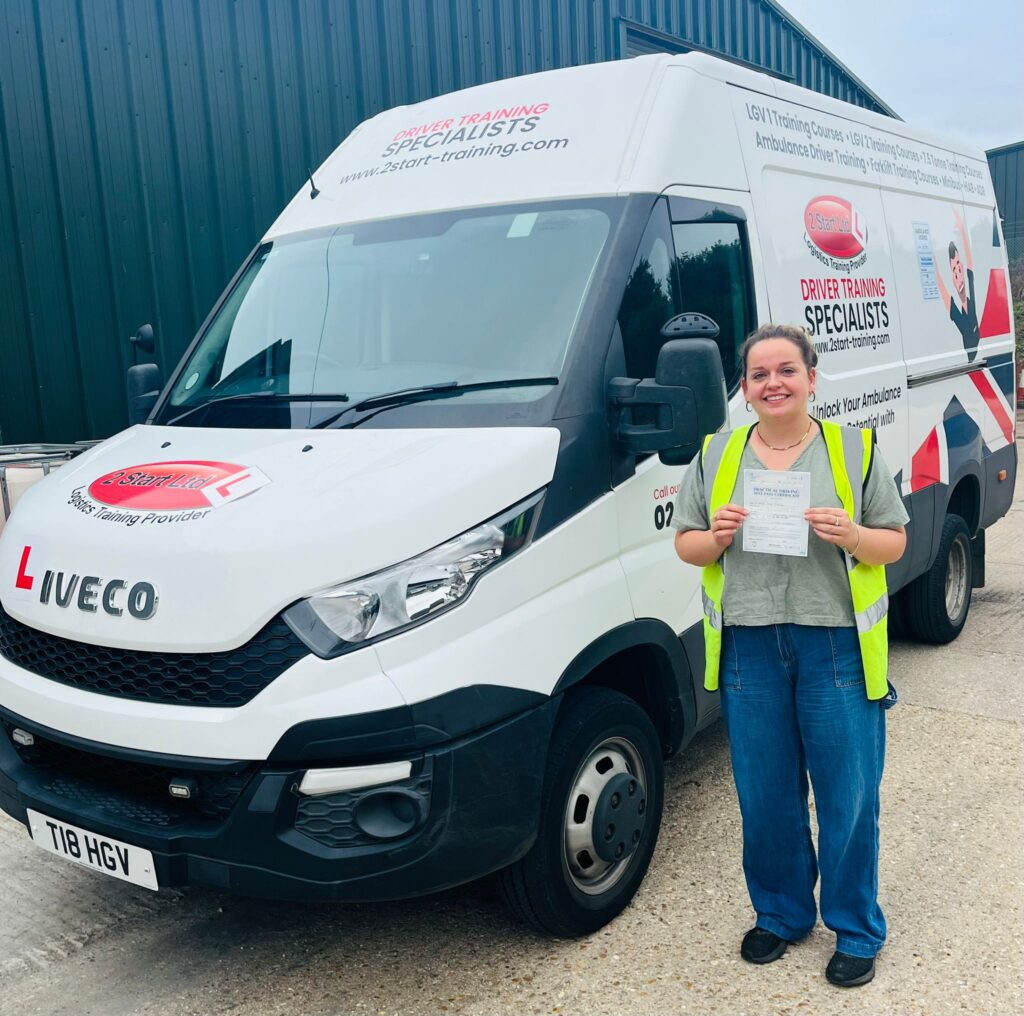
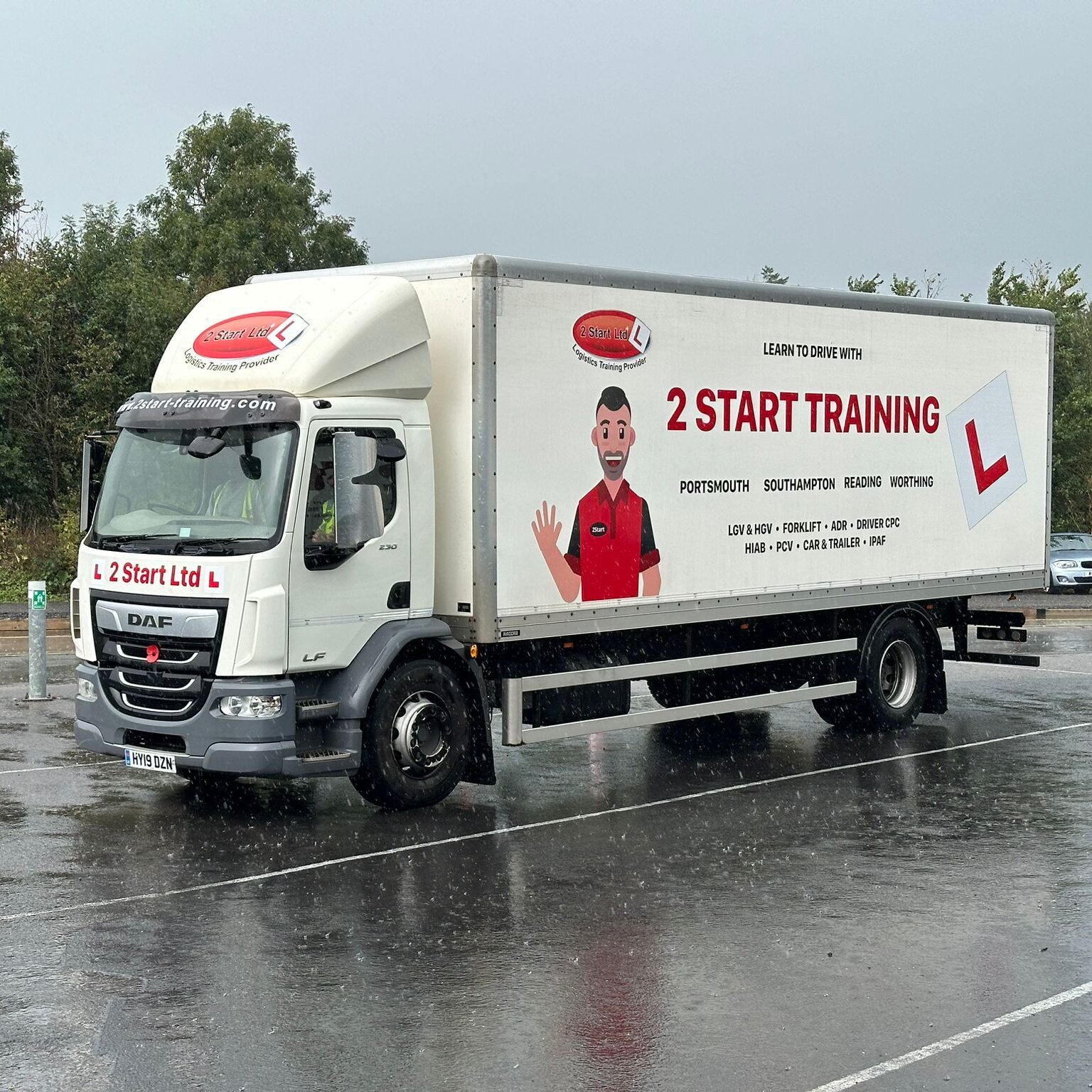
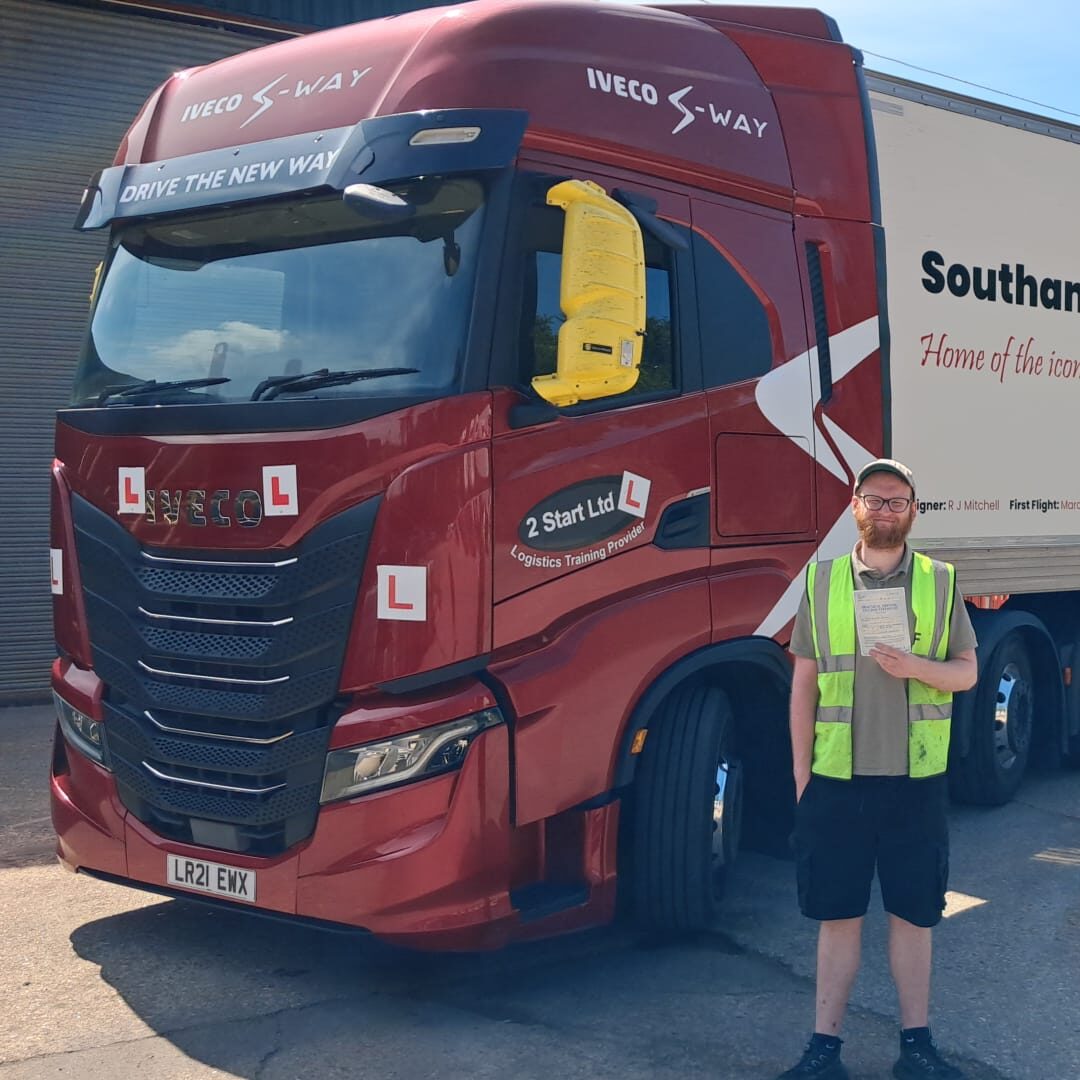
After you’ve qualified
Once you’ve passed all four CPC modules, you’ll receive your Driver Qualification Card (DQC), commonly known as the CPC card. You’ll need to carry this whenever driving professionally. You will also need to send your driving licence to the DVLA for your new licence category to be added to the reverse.
What is a Driver CPC Card?
The Driver CPC card proves you’re qualified to drive professionally. It’s valid for five years, after which you must complete 35 hours of periodic training to renew.
What can you expect during training?
You’ll gain practical experience, confidence in handling large vehicles, and the qualifications needed to start your HGV career. During training with us, you’ll meet your instructor, who will show you the DVSA test routes, how the vehicle works and go through the questions/answers for the practical demonstration. You’ll start your in-vehicle training by learning how to reverse on our dedicated on-site reversing areas, before hitting the roads. This helps you to not only understand the size of the vehicle you’re driving but also build up more confidence, too.
Training Duration
Training hours vary depending on individual circumstances; however, the more driver training you do, the more confident you’ll feel driving an articulated lorry. Plus, you’re more likely to pass the first time! Here at 2 start for those going straight from car to artic, we offer 28, 30, 32, or 35 hours of training, which includes both your on-road and off-road tests. The whole process of getting your licence with the medical appointment, passing your theory test and completing your driver training on average takes 3-4 months to complete. Most of the time, the longest wait is getting your licence back after sending it off!
What does a HGV driver do?
HGV drivers transport goods across the UK and Europe. Their duties may include loading/unloading, completing delivery paperwork, performing vehicle checks, and ensuring goods arrive safely and on time.
What does an HGV driver earn?
Earnings vary depending on the type of work and experience:
- New drivers: £27,000 – £35,000 per year.
- Experienced drivers: £40,000+ per year.
Specialist or long-haul drivers may earn more with overtime and bonuses
Career Opportunities
With an HGV licence, you can work in:
- Logistics and distribution.
- Supermarket supply chains.
- Construction and plant transport.
- International haulage.
Job Security
The UK logistics sector is vital to the economy, and skilled HGV drivers are always in demand. This makes HGV driving a secure and stable career choice. We’re expecting to see another call for HGV drivers, due to current shortages.
HGV as an industry
The HGV industry keeps the UK running, delivering food, fuel, building materials, and consumer goods. It’s a massive sector employing over 300,000 drivers nationwide.
HGV driver benefits
- Competitive pay.
- Opportunities for travel.
- Flexibility in working hours.
- Job stability.
- Potential to work for yourself as an owner-driver.
Training with 2 Start
At 2 Start Training, we specialise in HGV driver training. With modern vehicles, expert instructors, and tailored courses, we’ll guide you from your first provisional application all the way to passing your final test.
How we can help
- Step-by-step guidance on paperwork (D2 & D4 forms).
- Comprehensive training packages for Cat C, C+E, and more.
- Theory and practical test preparation.
- CPC periodic training
